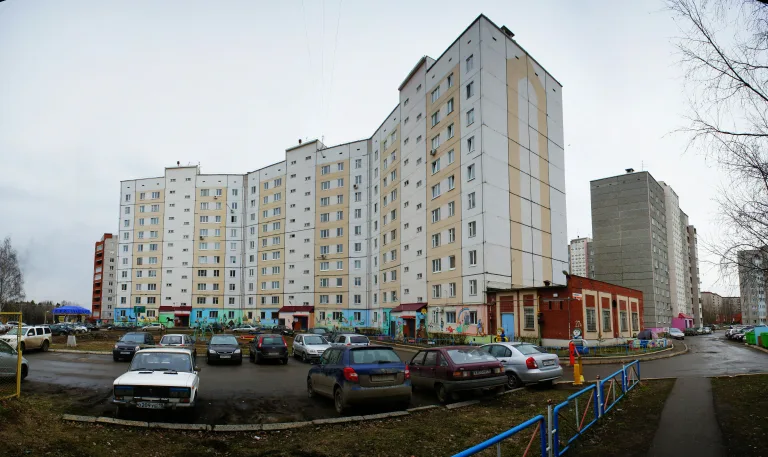Beneath the Surface: Understanding Termite Control Before It’s Too Late
When it comes to household pests, few are as destructive—or as elusive—as termites. These insects work quietly and out of sight, eating away at the wood and structural supports of a home. By the time visible signs appear, significant damage may already be done. That’s why understanding the basics of termite control is essential for every homeowner.
Termites are often called “silent destroyers” for good reason. They can chew through wood, flooring, and even wallpaper without detection. Awareness and early action are the best defenses against the costly repairs they can cause.
The Hidden Nature of Termite Activity
Unlike ants or rodents, termites rarely make their presence known right away. Most species live underground or within the structures they consume, avoiding light and open spaces. Because of this behavior, homeowners may underestimate the severity of an infestation—or miss it entirely until the damage becomes visible.
Early warning signs include:
- Discarded wings near windowsills or door frames
- Mud tubes along the foundation
- Hollow-sounding wood when tapped
- Bubbling paint or wallpaper
These indicators should never be ignored. Even small clues can point to a much larger hidden colony.
Common Types of Termites
Understanding the type of termite in your area is an important step in prevention and control. The most common species in the United States include:
- Subterranean termites: Live underground and access homes through mud tubes. They are the most destructive type, responsible for the majority of termite damage each year.
- Drywood termites: Nest inside wood and require little moisture. They often infest furniture, flooring, and framing.
- Dampwood termites: Prefer moist, decaying wood, often found in areas with leaks or poor ventilation.
Each type requires a tailored approach to treatment, making proper identification critical.
Why Termite Damage Is So Costly
One reason termite infestations are so expensive to repair is that they compromise the integrity of a home’s structure. They target joists, beams, and support posts, weakening them over time. Unlike other pests, termites eat continuously—working 24 hours a day, 7 days a week.
In addition to structural harm, termite damage can affect resale value. Home inspections often uncover these issues, and the cost of repairs can be a deciding factor for potential buyers.
Prevention as the First Line of Defense
Preventing termite infestations is far easier—and far less expensive—than treating an established one. Key prevention strategies include:
- Keeping woodpiles, mulch, and debris away from the foundation
- Ensuring proper drainage around the home to reduce moisture
- Sealing cracks and gaps in the exterior
- Ventilating crawl spaces and attics to reduce humidity
Regular professional inspections can also detect early signs of activity before major damage occurs. Companies like Local Pest Solutions emphasize proactive monitoring as part of a comprehensive termite control strategy.
The Role of Professional Termite Control
While there are DIY methods available, termite control is not something most homeowners can handle effectively on their own. These pests are resilient and can spread quickly if not addressed correctly.
Professional termite control typically involves:
- A thorough inspection to identify activity and entry points
- Use of specialized tools and detection methods
- Treatment with liquid termiticides, baiting systems, or a combination of both
- Follow-up monitoring to ensure the colony is eliminated
Because each home and infestation is unique, customized treatment plans are more effective than one-size-fits-all solutions.
The Importance of Timing
In termite control, timing can mean the difference between a minor issue and a full-blown crisis. Swarming season—when termites reproduce and form new colonies—is a critical period for detection. Swarms usually occur in spring or early summer, often after rain.
Seeing a swarm or discarded wings around your home is a clear sign that it’s time to act. Even if you don’t spot additional evidence, an inspection is necessary to determine whether termites have already established themselves inside.
Long-Term Monitoring
Eliminating termites is not the end of the process. Without ongoing monitoring, new colonies can move in and start the cycle over again. Many professionals recommend annual inspections, especially in regions where termites are common.
Baiting systems and perimeter treatments can provide year-round protection, making it harder for termites to return. Regular checkups ensure these defenses remain effective.
Myths About Termites
Misconceptions about termites can lead to costly delays in treatment. Common myths include:
- Termites can be treated once and never return: In reality, prevention is an ongoing effort.
- Brick or concrete homes are safe from termites: Even in these structures, termites can access wood framing and other cellulose-based materials.
- Small infestations aren’t a big deal: Any infestation, no matter the size, can cause significant damage over time.
Understanding the truth about termite behavior helps homeowners take the right actions at the right time.
Final Thoughts
Termites may be small, but their impact on a home can be devastating. They work silently, cause extensive damage, and are often discovered too late for easy repairs. Awareness, prevention, and timely intervention are the keys to effective termite control.
By recognizing early signs, scheduling regular inspections, and taking preventative measures, homeowners can avoid costly repairs and protect their investment. Partnering with knowledgeable professionals like Local Pest Solutions ensures that any termite problem is addressed with precision and long-term effectiveness.


